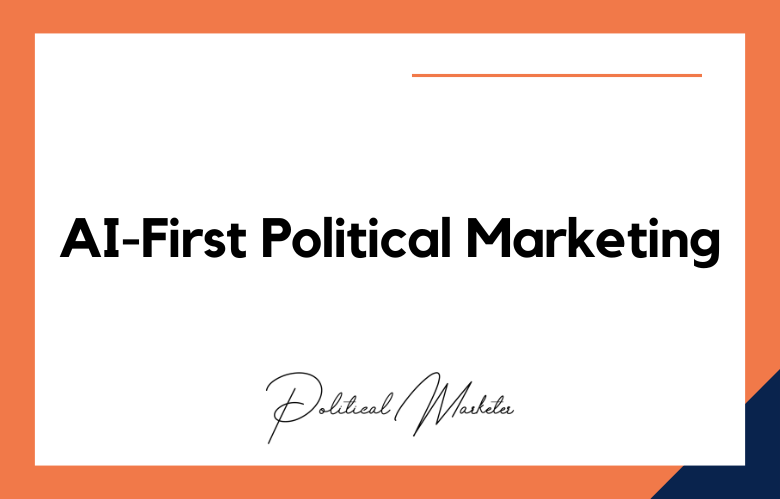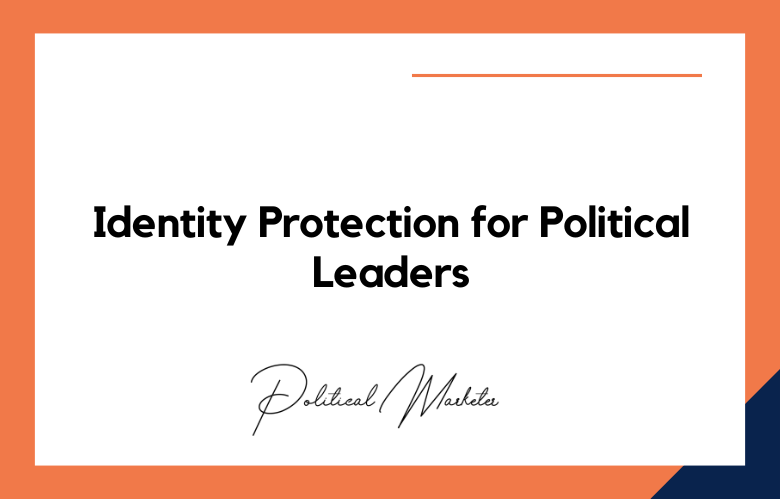In politics, reaching the right audience can make or break a campaign. You could have the most compelling policies and the best candidate, but it will only be possible with what is necessary for targeting thought voters. Effective voter targeting and engagement start with clearly understanding your audience and how best to communicate with them. We will explore some best practices for strategic voter targeting and engagement.
Know Your Audience
The first step in engaging voters is understanding who they are, what issues they care about, and where they get their news. Start by researching, including collecting demographic data and analyzing voting patterns and historical trends. This will help you create a voter profile that will guide campaign messaging and targeting efforts. Knowing how voters view the issues you care about will help you tailor your message.
Invest in Data-Driven Campaigning
Using data is one of the best ways to ensure that your campaign messaging and targeting are effective. There are several ways to go about this, including hiring professional data analysts to help inform campaign strategy, leveraging a voter database, using social media intelligence, and partnering with third-party data providers. The more data you can get your hands on, the wiser you’ll be able to work.
Utilize Social Media Strategies
Social media is an excellent tool for targeting voters because it offers a highly targeted advertising platform and allows you to communicate with supporters in real-time.
Use social media platforms to engage voters, share information, and digitally canvass with ads that are hyper-targeted and relevant to your audience. Not only does using social media result in greater voter engagement, but it also gives you more significant insights into your audience’s preferences and tendencies.
Emphasize Personalization and Accessibility
Personalization is critical to target engagement so that voters can relate with candidates. One way to do this is to personalize communication channels, such as individualized email and text messaging, which are more effective in engaging voters than mass messaging.
Make it easy for your audience to engage with your campaign and reduce the friction between your messaging and target voters. To streamline the voter and campaign relationship, utilize web chatbots, donation forms, and campaign sign-up platforms.
Embrace Feedback and Continuous Improvement
Campaigns must prioritize feedback from voters, volunteers, staff, and data specialists to continuously inform their engagement efforts. Follow up with voters after engagement attempts and track key performance metrics. When there are significant shortcomings, please correct them and constantly iterate to improve your engagement. A routine review of your strategies is essential to maximizing the effectiveness of your campaign.
Unleashing the Power of Data: Strategic Voter Targeting for Maximum Impact
As the political landscape becomes more complex with each election cycle, campaign groups turn to data-driven voter targeting to gain a competitive edge. By tapping into the power of data, campaign strategists can gather precise information about potential voters, from their demographic and political leanings to their interests and behaviors. With this insight, they can tailor their campaign messaging and outreach strategies to resonate with specific voter groups and maximize their impact.
One key advantage of data-driven voter targeting is its ability to optimize limited resources. Rather than employing a scattershot approach and hoping to reach as many voters as possible, campaigners can use data to identify the most high-potential voters to target.
This allows them to allocate their resources more efficiently, directing time and money toward the people most likely to be swayed by their message. Not only does this approach save resources, but it also increases the campaign’s overall effectiveness, reducing wasted outreach and enhancing the likelihood of success.
The Art of Engagement: Tactics for Captivating Voters
In today’s political landscape, the power of engagement cannot be overstated. With the proliferation of social media platforms and the constant bombardment of information, capturing voters’ attention has become an intricate art form.
To be effective, political campaigns must employ various tactics intended to capture, captivate, and retain the attention of potential voters. The art of engagement is not just about getting people to vote; it’s about creating a lasting emotional connection that drives people to action.
One tactic used for engagement is storytelling. When political campaigns tell compelling stories, they break through the noise and monotony of day-to-day political discourse. People are naturally drawn to stories, and when a campaign can create a narrative that resonates with people, it generates an emotional connection that leads to engagement.
Demystifying Voter Targeting: Strategies for Effective Outreach
Political campaigns and outreach efforts have become increasingly sophisticated today, focusing on voter targeting. It’s no secret that winning an election requires a deep understanding of the electorate and a tailored strategy that resonates with specific groups of voters. This is where voter targeting comes into play, enabling campaigns to reach out to individuals most likely to support their candidate or cause.
Voter targeting involves using various data-driven techniques to identify and engage specific segments of the electorate. This can include everything from demographic data, voting history, and issue stances to psychographic profiles and online behavior. By analyzing this data, campaigns can identify critical groups of voters and craft messages that speak directly to their interests and concerns.
From Data to Votes: How Strategic Targeting Can Drive Election Success
In today’s digital age, political campaigns rely on data-driven strategies to win elections. With vast amounts of data at their disposal, political campaigns can harness the power of big data to make informed decisions about where to allocate resources and how to target potential voters. By identifying key demographics and regions, political campaigns can craft targeted messages and advertising campaigns that resonate with voters and drive them to the polls.
The use of data in political campaigns has been around for a while. However, recent technological advances have given political campaigns unprecedented access to data that can help them target potential voters more effectively than ever before. By analyzing voter data, political campaigns can identify patterns and trends that can help them tailor their messages to specific groups of voters.
Winning Hearts and Minds: Engaging Voters in a Strategic and Meaningful Way
In today’s political landscape, winning hearts and minds plays a crucial role in engaging voters strategically and meaningfully. Influencing potential voters to support a particular candidate or party through carefully thought-out messages and effective campaigns is essential in any election. It requires a combination of creative content, emotional appeal, and targeted outreach that resonates with the target audience.
To achieve this, political parties and candidates must leverage various mediums such as social media, television, billboards, newsletters, and phone banking. These mediums enable them to reach a wider audience and influence public opinion, delivering key messages that resonate with the voters.
Conclusion:
Targeting the right voters isn’t just about getting votes; it’s about creating a deep, meaningful relationship with your supporters. By creating a clear profile of your audience, using data to inform your campaign strategy, utilizing social media platforms, emphasizing personalization and accessibility, and routinely assessing your efforts, your campaign will be well on its way to effectively reaching both supporters and voters that might initially think otherwise about your campaign. Keep these best practices in mind, and start transforming your campaign into one that connects with each of your supporters deeply. It’s time to make a meaningful change.
Call: +91 9848321284
Email: [email protected]










